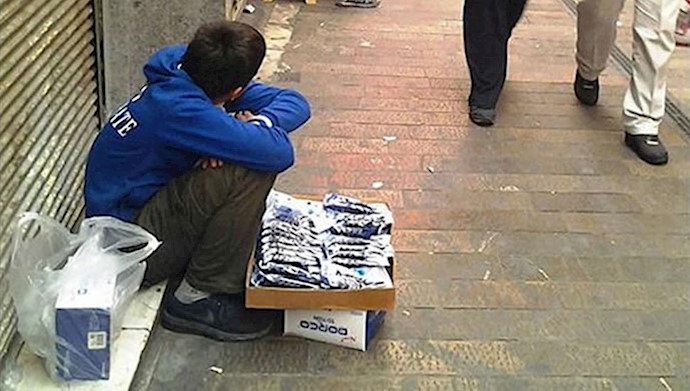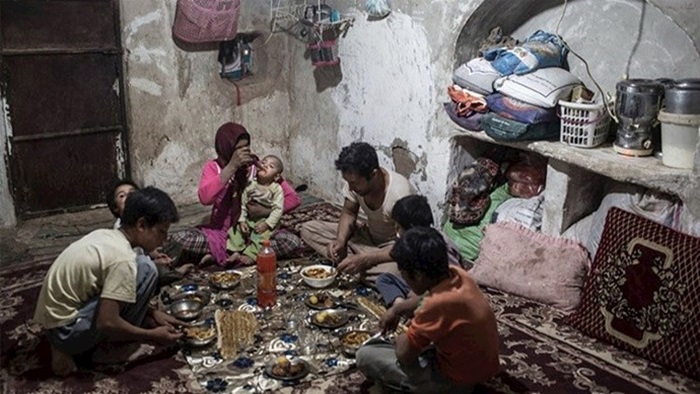
During his presidential campaign, Ebrahim Raisi pledged grandiose promises, including building millions of homes and creating a million jobs annually.
However, these promises have come under scrutiny, with accusations of unworkability and skepticism about their feasibility. Recently, the labor minister claimed the creation of over 1.97 million jobs in the last two years, a statement met with skepticism and labeled as “unrealistic” by ILNA news agency, highlighting the Iranian regime’s tendency for manipulating statistics for its benefit.
The Statistical Center of Iran’s October report in 2024 painted a bleak picture, revealing an unemployment rate of 2.043 million, 42.8% of whom are university graduates. This alarming statistic raises questions about the effectiveness of the Iranian education system and the job market’s capacity to absorb these graduates.
Labor Minister Sowlat Mortazavi controversially attributed the high unemployment rate among graduates to their lack of necessary skills. This statement was mirrored by the Chamber of Commerce of Isfahan, which reported a graduate unemployment rate of 27% in the province, surpassing the national average.
A Ministry of Science study on graduate employment further elucidates this crisis. The survey from the 2017-2018 academic year showed that only 42.58% of 688,678 graduates were employed, leaving a staggering 57.42% unemployed. Notably, the unemployment rates were higher among graduates from universities affiliated with the executive branch, non-profit universities, and technical and vocational universities.

The study highlighted a particularly concerning trend in arts and social sciences, with unemployment rates soaring as high as 76% and 59%, respectively.
The economic and social impact of these statistics is profound. Farhikhtegan newspaper pointed out the stark disparity in employment opportunities based on family income, emphasizing the challenge of economic and social justice in Iran.
Despite these troubling statistics, President Raisi continues to assert that his government has reduced unemployment. The deputy labor minister claims a decrease in unemployment to 7.6% and a creation of 907,000 jobs. However, experts argue that this improvement, if accurate, is a result of utilizing the country’s latent capacities rather than sustainable economic growth.
DW reported a different perspective, indicating that the reported drop in unemployment is not due to job creation but the disillusionment and inactivity of millions of young Iranians. If these inactive individuals were included in the statistics, the real unemployment rate would exceed 18%.

The situation is further compounded by the increasing poverty levels in Iran. Nearly 30 million people live below the poverty line.
The situation is further compounded by the increasing poverty levels in Iran. Nearly 30 million people live below the poverty line, and over 9.9 million are in absolute poverty, unable to meet basic needs such as food and housing.
In summary, Iran faces a critical unemployment and poverty crisis, with the government’s statistics and claims contrasting sharply with independent reports and studies. The situation is a ticking time bomb, with a society on the verge of an explosion due to the growing frustration and desperation of its people.

MEK Iran (follow us on Twitter and Facebook), Maryam Rajavi’s on her site, Twitter & Facebook, NCRI (Twitter & Facebook), and People’s Mojahedin Organization of Iran – MEK IRAN – YouTu
